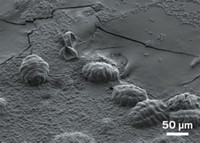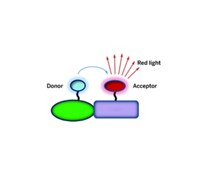Advertisement
Grab your lab coat. Let's get started
Welcome!
Welcome!
Create an account below to get 6 C&EN articles per month, receive newsletters and more - all free.
It seems this is your first time logging in online. Please enter the following information to continue.
As an ACS member you automatically get access to this site. All we need is few more details to create your reading experience.
Not you? Sign in with a different account.
Not you? Sign in with a different account.
ERROR 1
ERROR 1
ERROR 2
ERROR 2
ERROR 2
ERROR 2
ERROR 2
Password and Confirm password must match.
If you have an ACS member number, please enter it here so we can link this account to your membership. (optional)
ERROR 2
ACS values your privacy. By submitting your information, you are gaining access to C&EN and subscribing to our weekly newsletter. We use the information you provide to make your reading experience better, and we will never sell your data to third party members.
Biological Chemistry
Strong selection makes proteins more evolvable
Improvements result from mutations that promote proper folding and resist functional changes
by Celia Henry Arnaud
December 6, 2020
| A version of this story appeared in
Volume 98, Issue 47
Selection is the engine that makes evolution go, whether in nature or in the laboratory. But scientists don’t fully understand the mechanism by which it works. Using the example of evolving yellow fluorescent proteins in Escherichia coli so that they fluoresce green instead, a team led by Andreas Wagner of the University of Zurich, the Swiss Institute of Bioinformatics, and the Santa Fe Institute probed how selection strength affects evolvability (Science 2020, DOI: 10.1126/science.abb5962). The researchers subjected E. coli populations to multiple rounds of strong or weak selections based on the cells’ fluorescence intensity—or to no selection. For strong selection, they kept the top 20% of fluorescing cells from one round to the next. For weak selection, they kept all cells fluorescing above the background. In these experiments, the population subjected to strong selection had significant increases in fluorescence levels and more quickly evolved green fluorescence, whereas the population subjected to weak selection experienced initial decreases in fluorescence that then stabilized. The success of strong selection comes from the accumulation of mutations that improve foldability and mutational robustness, which is the ability to resist functional changes upon subsequent mutations. Because the experiments were done at high mutation rates, the researchers don’t know whether their findings also apply to low mutation rates.




Join the conversation
Contact the reporter
Submit a Letter to the Editor for publication
Engage with us on Twitter